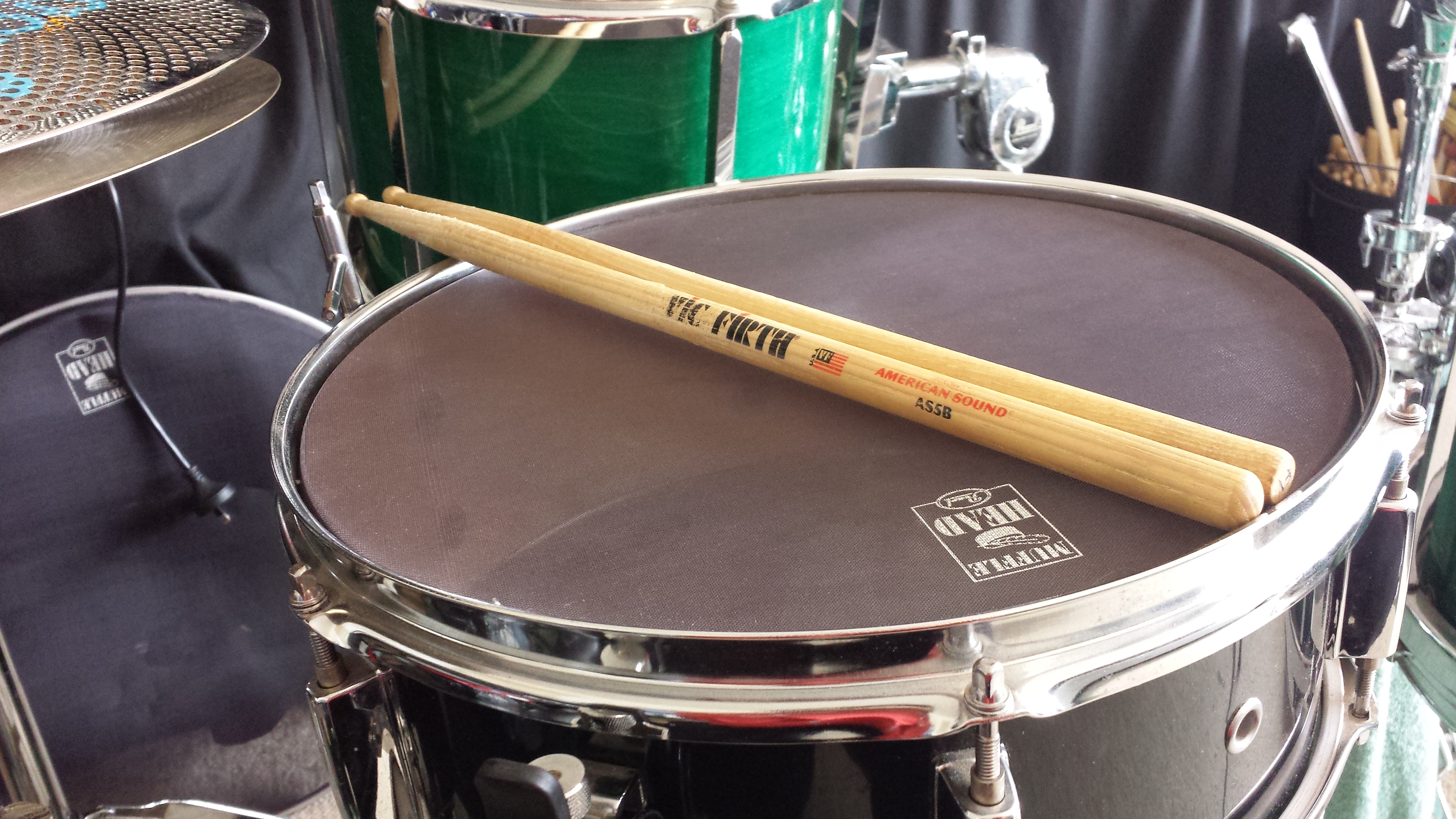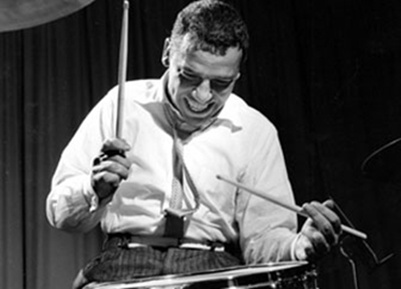
A life long debate that still continues and continues – which stick grip is better? Traditional or Matched? I surely can’t give a definite answer as I myself debate the very question on a daily basis.
Matched grip surely should hold its place as the grip of choice these days. Our modern drum kits allow for infinite angles and possibilities of set up so there’s no real need to alter the grip to accommodate for the drums themselves which, in the past was the primary reason for traditional grip where very early military snare drummers would have the drum slung over one shoulder with a leather strap. This automatically put the drum sitting on the player’s hip and on an angle. The right hand could use the matched grip but the left hand was significantly disadvantaged by the angle and so holding the stick with the thumb as the fulcrum was the only way to get easy access to the skin while marching.
Nowadays, we call it ‘Traditional grip’ due to it being passed down through tradition over many years. By the time the conventional drum kit was introduced with the snare drum in front of the drummer, everyone still only knew to hold the sticks the one way, as they’d been taught and always done. So, the jazz era had everyone using traditional grip and for a lot of players – Buddy Rich for one, the angle of the snare was still fiercely forward. Not that this restricted him in the slightest which begs the question – if traditional grip isn’t the best way to hold a stick, it would have been dropped ages ago wouldn’t it?
We see so many players in the present day adopting the grip as the norm. Masters like Dave Weckl, Steve Gadd, Vinnie Colaiuta and Virgil Donati all use the traditional grip, perhaps as a result of their instructors but I wonder if they’d change it if they had the choice again?
I saw a video of Dave Weckl explaining why he uses ‘trad’ grip and the main reason was for the touch it gave. This is very subtle but the angle at which the head of the stick touches the drum skin is the key. With matched grip, there is every so slightly more stick touching the head than with traditional grip due to the angle being higher. This produces louder ghost notes and when Weckl demonstrated, he had a point. The ‘trad’ ghost notes were automatically softer. This is only one point.
Some say it’s easier to get around the drums with traditional – but look at Dennis Chambers. Some say, you have more power with matched grip, but look at Virgil Donati. Some say, traditional grip is best for Jazz, but look at Bill Stewart.
I’ve practiced both grips. I use traditional grip when using brushes and I find an advantage when sweeping the circular motion. I do have more power with matched grip but that’s only because I haven’t really tried hard enough with traditional. My quest continues I guess.
A teacher of mine once told me (with a grin) that one of the reasons he likes traditional grip was “…Cos’ it feels sexy…”
Your move…


I think for drum set matched is the right grip unless playing subtle jazz that does require that quiet touch.
On the rudimental marching side, snare should be traditional with the drum at a slight tilt.
You bet.Generally the top hand for a neutral grip has the thumb strhagit down the shaft. For the bottom hand, there’s some people that say it should be strhagit down also touching your index finger some say it should be crossed over the shaft. I’ve done both, they both work fine.There’s any number of acceptable grip variations like that which work. For consistency sake, pick something go with it. Making frequent changes (even subtle ones) makes it hard to develop consistency.
There’s a lot of different types of grips that are tuhagt the overlap grip (most popular), the interlock grip, the baseball grip, the double overlap (Jim Furyk), the reverse handed grip (Josh Broadway or Chris Couch (Chris uses it around the green), etc. So I would say that there is no right grip, since there are so many that work. If you like it, it makes sense to you, and it works for you then I’d say go for it.